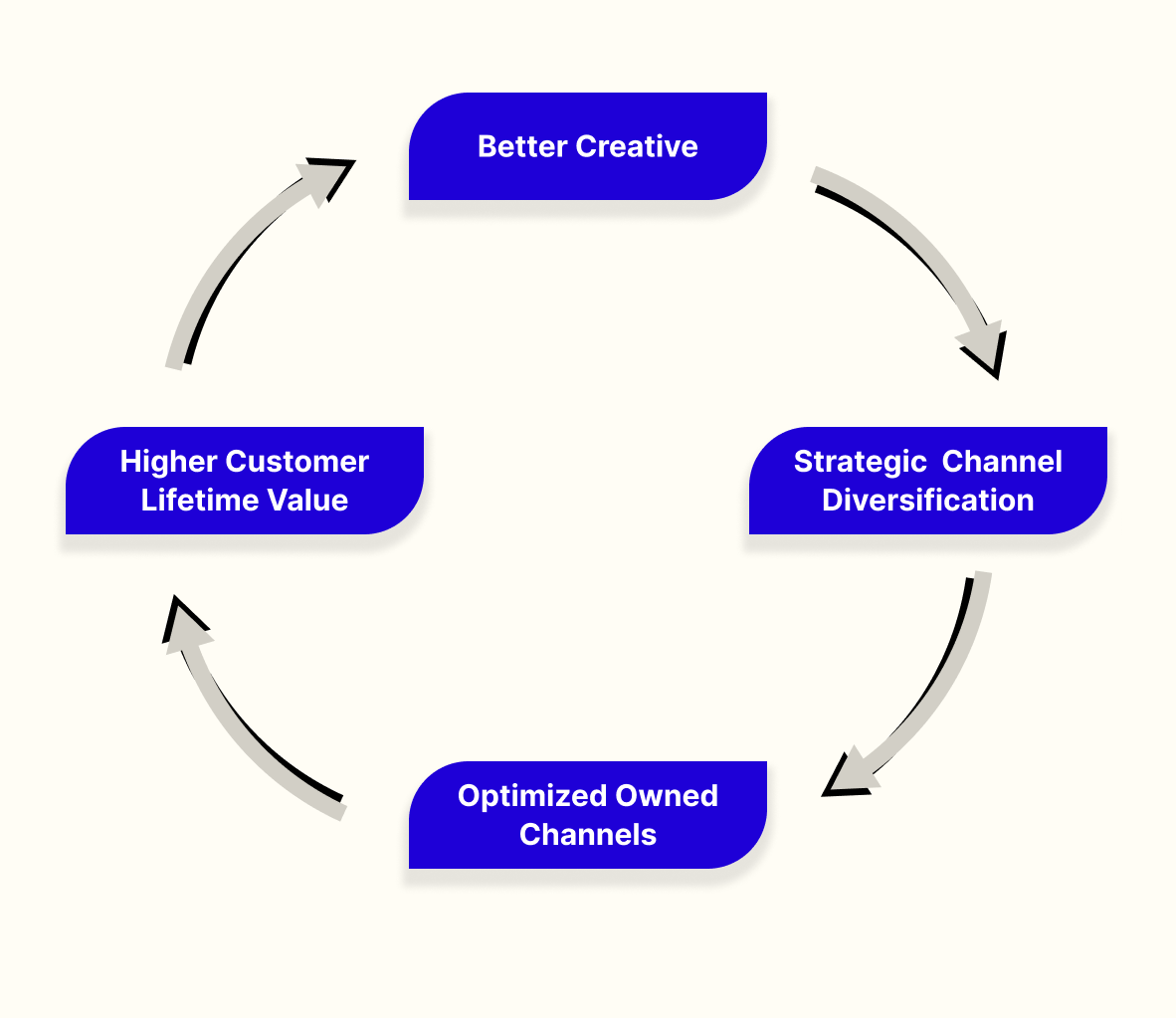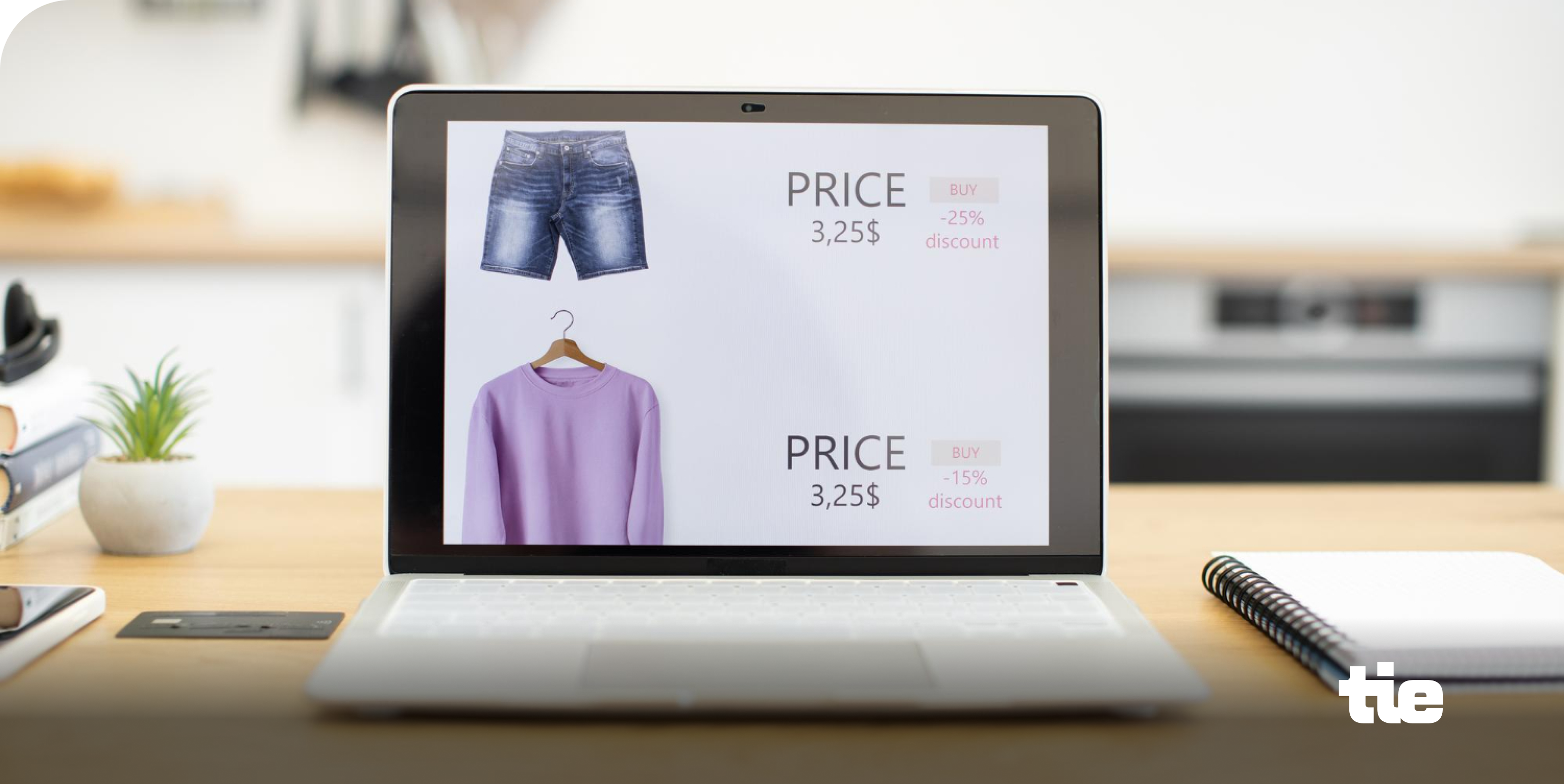Why Rising CAC Drains More Than Ad Budgets [And How Smart Brands Are Responding]

Paid customer acquisition costs (CAC) have been climbing steadily for years, squeezing profit margins for even the most efficient ecommerce brands. In fact, in July 2025, Meta reported that the average price per ad had increased by 9% year-over-year.
To unpack what’s really driving this rise and how the smartest players are adapting, we spoke to Lolita Petrossov, founder and CEO of Evestar, a full-service ecommerce agency trusted by brands of all sizes.
Petrossov says rising CAC (on Meta and Google) isn’t the result of a single trend. It’s the collision of several factors reshaping paid advertising at once.
“There’s real inflation in digital advertising. CPMs have increased about 10% year-over-year. At the same time, competition has exploded. More brands are entering paid channels, all fighting for the same attention. You can’t just show up anymore; you have to stand out, and that costs more.”
Compounding the issue is the rapid evolution of acquisition tactics themselves. The rise of social commerce, the tightening grip of privacy regulations, and shifting consumer behaviors have made old playbooks obsolete. As choices multiply and attention fragments, brands are being pushed toward more creative, data-driven, and expensive ways to stay visible.

Rising CAC impacts more than marketing
When acquisition costs spike, it doesn’t just dent your ad budget. It reshapes the entire business model.
“Profitability shrinks, putting pressure on every part of the business,” Petrossov said. “A lot of essential metrics start moving in the wrong direction if CAC isn’t managed early.”
But the bigger problem, she explained, is that many brands don’t realize how deep the issue runs until it’s too late.
“High CAC often masks deeper measurement and attribution issues. Brands rely too much on in-platform ROAS, which is inflated due to attribution windows and platform bias. It looks healthy on paper, but once you factor in contribution margin or true lifetime value, it’s not sustainable.”
This illusion of profitability creates a dangerous cycle: brands keep running Meta and Google ads under the assumption that growth equals success, only to face long payback periods and cash flow strain later.
How smart brands are turning it around
The brands that are strategically navigating high ad costs are those that diversify, optimize, and invest in content.

“The pattern we see is clear: brands that invest in their content engine, from UGC to testimonials to native ads, perform better,” she said. “It’s not about looking polished. It’s about looking authentic.”
Beyond creative strategy, leading performers are rebalancing their channel mix. Platforms like TikTok Shop have created lower-cost paths to acquisition for brands that understand how to engage authentically.
While acquisition is vital, Petrossov emphasized that retention is what sustains growth:
“The real unlock is in your owned channels, email, SMS, and your customer database. When retention improves, your front-end CAC can go up and you’ll still stay profitable.”
This is where data-driven tools like Tie make a measurable difference, helping brands convert anonymous visitors, enrich first-party data, and re-engage high-intent shoppers who might otherwise be lost.
Creative testing: the new CAC control
As rising ad costs increase pressure, creative testing has become non-negotiable.
“Brands that don’t understand how creatives work, and don’t produce hundreds of variations, won’t survive. Testing and iteration are fundamental now. The market rewards adaptability.”
This adaptability also extends beyond content to data and measurement. With privacy changes disrupting pixel tracking, brands are increasingly turning to first-party data and advanced analytics.
Petrossov points to several effective strategies:
- Use tools like Triple Whale’s Pixel to capture cross-device signals.
- Leverage Tie’s identity network, which can de-anonymize over 54% of high-value anonymous traffic using opt-in data from 1,000+ sources.
- Implement AI-driven attribution and incrementality testing to reveal true ROI.
“Brands can’t rely on platform data alone anymore,” she added. “It’s about smarter measurement, using tools that connect data across systems to understand what’s really driving growth.”
Beyond paid: The shift to full-funnel growth
Ecommerce growth is no longer about mastering Meta and Google alone. The brands that scale sustainably are taking a full-funnel approach, acquiring efficiently, converting faster, and retaining longer.
“Just running Meta and Google ads won’t save your business anymore,” Petrossov said. “The game’s gotten harder. You have to generate traffic from multiple sources and work on retention as aggressively as you do on acquisition.”
Her advice to brands is simple but non-negotiable:
- Build a great product.
- Double down on content.
- Excel in full-funnel marketing.
- Adapt constantly.
“Digital marketing is a moving target. The brands that keep growing are the ones that evolve faster than the market.”
Ready to turn rising CAC into an advantage?
Rising paid acquisition costs don’t have to mean shrinking profits. The smartest brands are using this pressure as fuel, tightening their data, refining their creative, and deepening customer relationships to build profitability that lasts.
With the right systems in place, acquisition costs become a metric you control, not fear.
At Tie, we help ecommerce teams identify high-intent visitors, reconnect with lost shoppers, and recover revenue that would’ve otherwise leaked out of the funnel.
See how Tie helps ecommerce brands convert more visitors into customers. Book a demo.







